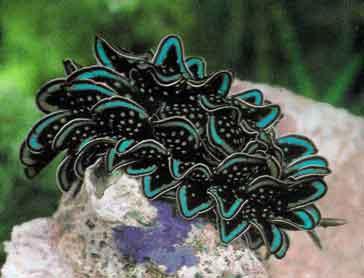Sharon at in a minute ago drew my attention to these artworks by Stephen Sollins in which he unpicks old needlework samplers, counts the stitches of each colour and restitches over the top of the fabric in a pattern of geometric coloured blocks.
I am fascinated because these artworks represent the old dichotomy between "art" and "craft". On one hand, it is an interesting exploration and deconstruction of this category of craft work, and it does show that Sollins values the samplers in his own way. On the other hand there is a sense of horror that he has destroyed an anonymous artisan's work.
Samplers are traditionally formal and unemotional works, stitched as part of a stitcher's education and training, following fairly strict formulae. They are in much the same vein as a primary school copybook, where a pupil writes page after page of "The quick brown fox" in order to improve his or her skills for more important work later on. So what Sollins is doing is in one sense no worse than if he took a schoolboy's copybook and wrote over the lettering. By restitching the colours, Sollins is showing that he does value the work in the stitching, but by removing the stitches from their context as constituents of a letter, design or picture he is also showing that he does not attach any importance to the meaning of the stitches.
As an artisan, I am at first incensed that this artist has destroyed a legitimate work of art in his attempt to create his own work. I wonder whether he would do the same with a more traditional artwork (by either a woman or a man) such as a painting: what would the reaction be if he took a canvas, scraped all the oil paint away and repainted over the canvas in geometric blocks of the original colours the artist used? Would the reaction depend on whether the original painting was by a famous artist or an anonymous dabbler?
It seems to me that Sollins is using the anonymity of those who created the antique samplers as a stepping stone for his own artistic statements, and that is what gets my back up about this. With my feminist hat on, I take offence at the categorisation of women's work, in the form of samplers, as "sentimental" and to the reduction of it (by a male) to its basic constituents, as if to further devalue the embroidery by reducing it to mere blocks of colour.
As I said before, it goes to the heart of the art/craft dichotomy. Does art have meaning outside the purely pictorial? Does craft have meaning? (Most stitchers would say it does.) Is craft "low" art, or is it a legitimate artistic expression? Where do you draw the line between what is craft and what is art -- and does the position of the line bear any relation to the sex of the practician?
One day I'm going to write a thesis on this subject.
Monday, July 25, 2005
Subscribe to:
Post Comments (Atom)

1 comment:
If you look at the work of embroiderers and textile artists it is quite clear that in many cases the art comes first, during the design process. Then the final interpretation is lovingly and finely crafted. So many textile pieces combine the two, fantastic artwork and design processes coupled with immaculate workmanship.
I wonder if this dreadful man would take it upon himself to unravel a piece of Opus Anglicanum, or something by Constane Howard or Beryl Dean or Eiran Short or any number of other 'modern day' textile workers.
And I HATE the terms high and low art!
Post a Comment